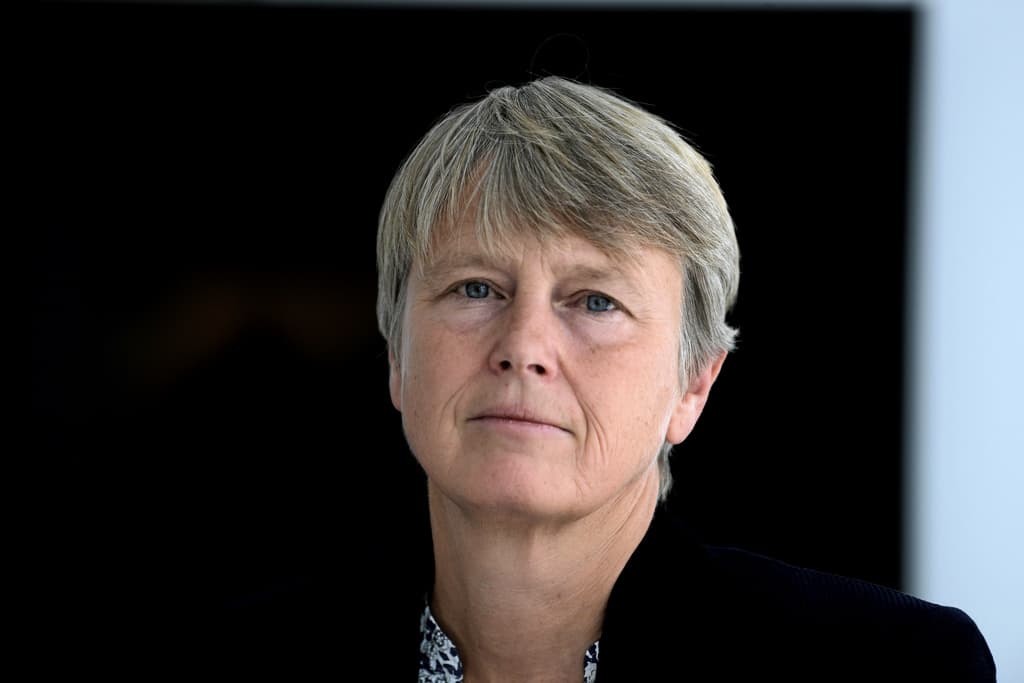The previously decreasing trend in the wage gap between the sexes has come to a halt.
It is worrying, says Lena Granqvist, social policy chief at the trade union Saco.
In 2023, the wage gap between men and women was 10.0 per cent, 0.1 percentage points higher than the previous year, according to the new figures from the state-run Mediation Institute (MI).
"The hope that the break in the development towards equal pay would be short-lived has been disappointed", says MI's director-general Irene Wennemo in a press release.
Lena Granqvist, social policy chief at the trade union Saco, tells TT that it is "worrying" that the wage gap is no longer decreasing, as it is an ambition across the entire labour market to reduce the wage gap between the sexes.
A solution to even out the differences, according to Lena Granqvist, could be a three-part parental insurance, which Saco has been driving for a long time.
The conditions within the public sector are important to promote, as it benefits women who work there. It increases the opportunity to make a salary career.
Is there a concern that the gap will rather increase in the future?
It remains to be seen if this is a trend, but there is certainly a concern that the differences will increase.
The average salary for women in 2023 was SEK 37,800 per month, 90.0 per cent of men's salaries at SEK 42,000. If one takes into account certain explanatory factors in the statistics, such as different occupations, education, etc., there is still an unexplained difference between the sexes of 4.8 per cent, according to the Mediation Institute.
In the female-dominated professions within the welfare sector, the economic frameworks are important. More money is needed for the welfare sector, says Lena Granqvist.






